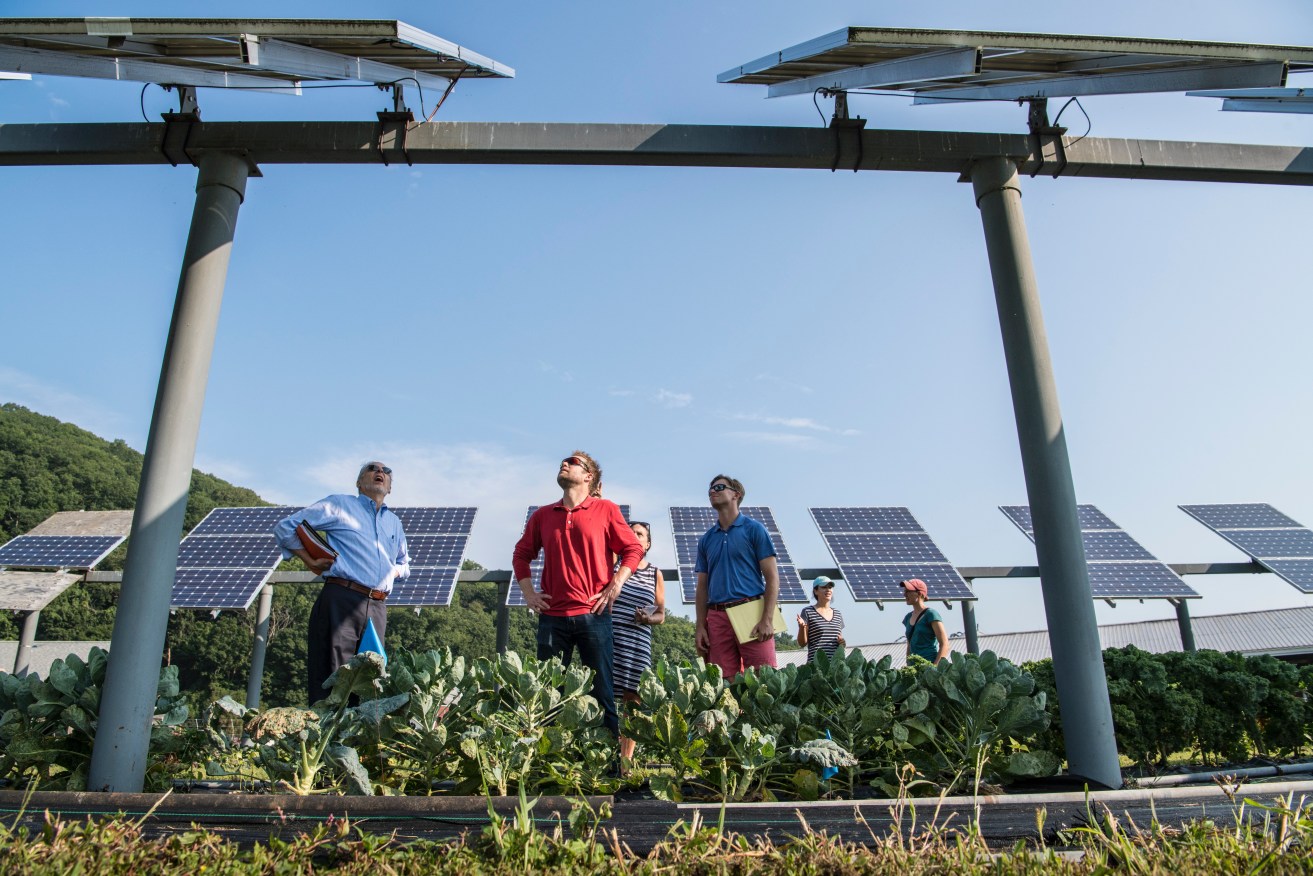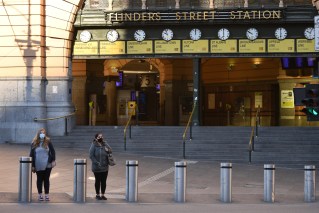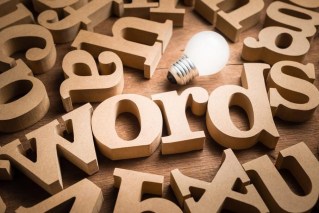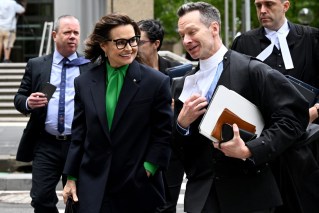Squibbed it: How Queensland has fallen behind in the renewables race
While the Morrison Government has copped political fallout for its spectral climate change policy the Queensland Government has so far managed to avoid criticism. It’s a remarkable escape act.


At the very least the Prime Minister has shown his policy, as weak as it may be. The Queensland Government has delivered a lot of spin, hope and vision, but not much that will deliver a transition to the renewables super power that it promotes.
That is an impressive performance, but the Palaszczuk Government could never be accused of rushing into anything. It’s not as if the world is facing an existential crisis.
Even its federal collegues have managed a better emissions policy than Queensland, despite getting an absolute shellacking over the issue at the last election.
But it has to be said it’s not all bad. Solar power has increased in Queensland by 66 per cent over the past two years, but half that has come from rooftop solar which has very little to do with the Government and a lot to do with people trying to avoid electricity bills.
The bigger issues is that the Queensland Government is the proud owner of two of Australia’s worst greenhouse gas polluters (Stanwell Corporation and CS Energy). It also has the lowest level of renewable energy among all the states.
Even then, it has copped criticism from the Auditor-General over the fudging of the numbers over just how much renewable energy it has. The Government has promised to hit 50 per cent renewable energy by 2030. So far, it’s not even at 20 per cent.
Billions of dollars of both private and public money will be needed to get to that 50 per cent level and experts believe it is achievable, but it will take a big chunk of money and commitment.
So, the whole renewable energy super power thing is, at this stage, impressive spin.
On the plus side, the Government has all the right settings and has earmarked $2 billion for its renewable energy hydrogen jobs fund.
Its renewable energy zones, which are currently lines on a map, was a solid idea as was CleanCo.
And emissions from the coal-fired power stations have fallen over the years, but there is such a long way to go.
When it rated the various states on the progress of the transition to renewables, WWF said that unlike NSW, Victoria, Tasmania and the ACT, Queensland had never confirmed its renewable energy target in legislation.
“The state has no target beyond its current policy goal of 50 per cent renewable energy by 2030, and much more ambition is required to build a strong renewables export industry,” it said.
“So far, Queensland has not made the level of investment in renewable energy storage that’s needed as we transition away from fossil fuels.
“A notable exception is the funding contributed to the Kidston pumped-hydro project in the far-north.
“Queensland has all the ingredients required to produce and export a range of renewable exports, like ammonia, batteries, aluminium and even green steel. Although the state government is getting behind renewable hydrogen, it lacks a clear strategy to develop other new exports.’’
No doubt the task of decarbonising the Queensland energy sector is an onerous one and the public has yet to see even a hint of the Government’s 10-year energy plan, but on the evidence so far they really have let the side down after six years in power.
The release in November of its new resources industry draft policy was yet another chance wasted.
In that policy, the Government left coal and gas to the market to figure out on the basis that the best the Government could do to combat climate change was to help build the mines that would produce the resources needed for the electrification and decarbonisation of industry.
Bravo, it was a worthy policy for the mining industry, but it had the chance to use the policy to lay out its plan for the coal and gas sector.
It chose not to. It squibbed it.
There have also been reports about the massive amount of methane hanging over the Bowen Basin coal mines highlighting the reality that the likes of BHP and others have been given a free pass on the issue of greenhouse emissions in Queensland.
The reason Queensland has such a woeful record in its emissions is because it has a relatively young fleet of coal-fired generators, but that they are not likely to be much of an asset in future years.
The Audit Office report on the energy sector pointed to the $500 million profit made by the GOCs in 2020-21, but said future electricity prices were forecast to decrease. Writedowns on the generators have totalled $1.3 billion over two years.
Even at the current level of renewables, coal-fired generators struggle to compete yet remain necessary to provide baseload, dependable power, hence the Government’s reluctance to pull the plug an earlier than it has to.
But it also raises the prospect that the reason the state’s level of renewables is so low is because of its threat to the Government-owned assets.












